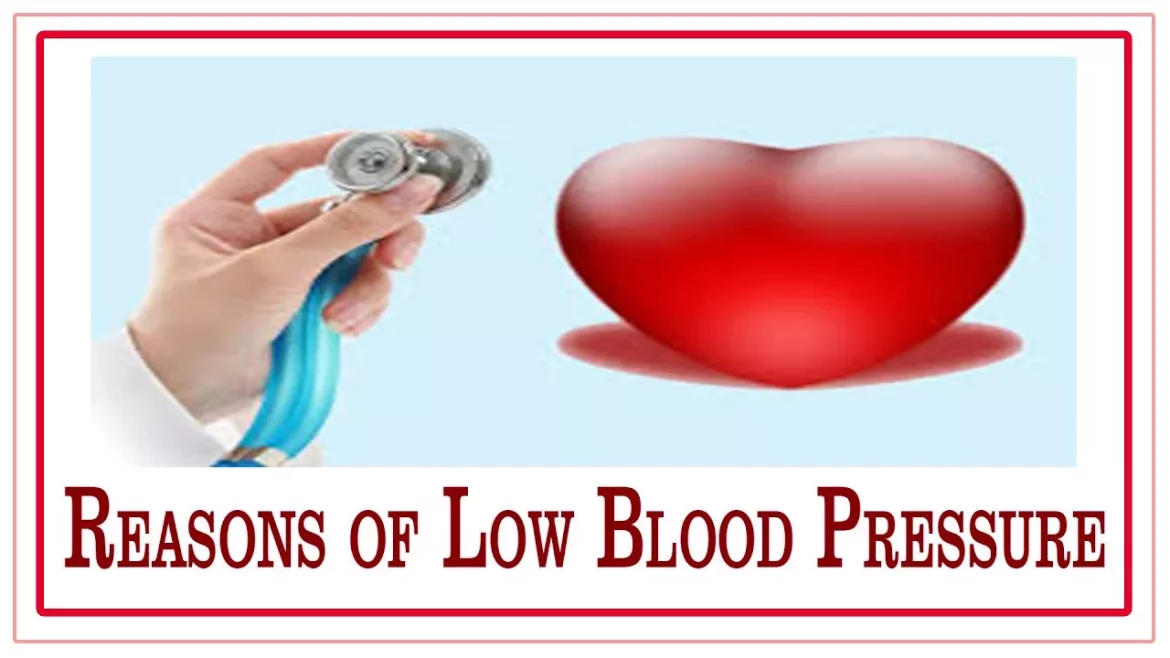Blood pressure (BP) is a critical measure of cardiovascular health, representing the force exerted by circulating blood on the walls of blood vessels. It is recorded as two numbers: systolic blood pressure (SBP) over diastolic blood pressure (DBP).
Systolic pressure is the force exerted when the heart beats and pumps blood through the arteries, while diastolic pressure is the force exerted when the heart is at rest between beats. Normally, a healthy blood pressure reading is around 120/80 mmHg. However, deviations from this range can indicate various health issues. This article explores the causes of a specific and unusual combination of high diastolic and low systolic blood pressure.
Defining High Diastolic And Low Systolic Blood Pressure
High diastolic and low systolic blood pressure is an uncommon and complex condition. A typical presentation might be a systolic reading below 100 mmHg and a diastolic reading above 90 mmHg. This paradoxical blood pressure pattern can be perplexing for both patients and healthcare providers, as it suggests a range of potential underlying issues, each requiring different diagnostic and therapeutic approaches.
Causes of High Diastolic and Low Systolic Blood Pressure
Understanding the causes of this unique blood pressure profile necessitates a deep dive into cardiovascular physiology, the impact of various medical conditions, and the influence of external factors. Below are some of the primary causes:
SEE ALSO: What Can High Diastolic Blood Pressure Cause?
1. Cardiac Conditions
Heart failure, particularly diastolic heart failure (heart failure with preserved ejection fraction), can lead to elevated diastolic pressure. In this condition, the heart’s ventricles become stiff and do not relax properly, leading to increased pressure within the heart and subsequently higher diastolic pressure. Systolic pressure may be low due to reduced stroke volume as the heart struggles to pump efficiently.
Aortic Stenosis
Aortic stenosis, a narrowing of the aortic valve, can also result in this blood pressure pattern. The restricted blood flow through the narrowed valve can reduce systolic pressure. Meanwhile, the heart’s increased effort to pump blood through the stenosed valve can raise diastolic pressure.
2. Vascular Issues
Arteriosclerosis
Arteriosclerosis, or the thickening and hardening of the artery walls, can elevate diastolic pressure. This condition causes the arteries to lose their elasticity, leading to increased resistance during the diastolic phase when the heart is at rest.
Systolic pressure might drop if the stiffened arteries impede efficient blood ejection from the heart.
Peripheral Artery Disease (PAD)
PAD, which involves the narrowing of peripheral arteries, can contribute to high diastolic and low systolic blood pressure. Reduced blood flow due to narrowed arteries can lower systolic pressure, while increased peripheral resistance can elevate diastolic pressure.
3. Autonomic Nervous System Disorders
Autonomic Dysfunction
Autonomic nervous system (ANS) disorders, such as autonomic neuropathy or dysautonomia, can disrupt the normal regulation of blood pressure. In these conditions, the autonomic nervous system fails to properly balance the constriction and dilation of blood vessels, leading to a discrepancy where diastolic pressure remains high and systolic pressure drops.
4. Endocrine Disorders
Hypothyroidism
Hypothyroidism, or an underactive thyroid, can lead to high diastolic and low systolic blood pressure. The thyroid hormone influences heart rate and vascular tone. Insufficient thyroid hormone can reduce cardiac output, lowering systolic pressure, while increasing peripheral vascular resistance, raising diastolic pressure.
Adrenal Insufficiency
Adrenal insufficiency, such as Addison’s disease, can also contribute to this condition. The lack of adrenal hormones, particularly aldosterone, can lead to reduced blood volume and low systolic pressure. Simultaneously, the body’s compensatory mechanisms may increase diastolic pressure to maintain adequate perfusion.
5. Medications and Toxins
Medications
Certain medications can cause a drop in systolic blood pressure while raising diastolic pressure. For example, antihypertensive drugs like beta-blockers can reduce cardiac output, lowering systolic pressure. Other medications, such as vasoconstrictors, can increase peripheral resistance, raising diastolic pressure.
Toxins
Exposure to certain toxins and drugs, including some used in chemotherapy, can adversely affect the cardiovascular system.
These substances can alter vascular tone and cardiac function, leading to an imbalance in systolic and diastolic pressures.
6. Chronic Kidney Disease (CKD)
Kidney Dysfunction
CKD can significantly impact blood pressure regulation. The kidneys play a crucial role in maintaining blood pressure through the renin-angiotensin-aldosterone system (RAAS). In
CKD, impaired kidney function can lead to fluid retention and increased peripheral resistance, raising diastolic pressure. Reduced renal clearance of blood pressure-lowering substances can also contribute to lower systolic pressure.
Renal Artery Stenosis
Renal artery stenosis, the narrowing of arteries that supply the kidneys, can exacerbate this condition. The reduced blood flow to the kidneys triggers the RAAS, increasing peripheral resistance and diastolic pressure while lowering systolic pressure due to decreased cardiac output.
7. Lifestyle Factors
Diet and Sodium Intake
Excessive sodium intake can raise diastolic blood pressure by increasing fluid retention and vascular resistance. Low systolic pressure might result from dehydration or a diet low in essential nutrients that support cardiovascular health.
Physical Inactivity
Lack of physical activity can contribute to poor cardiovascular health, leading to imbalances in blood pressure regulation.
Sedentary lifestyles can increase peripheral resistance, raising diastolic pressure, while reducing overall cardiac efficiency, lowering systolic pressure.
8. Aging and Blood Pressure Regulation
Age-Related Changes
Aging is associated with changes in blood pressure regulation. The stiffening of arteries and changes in the responsiveness of the cardiovascular system to regulatory mechanisms can result in higher diastolic and lower systolic pressures. The decline in baroreceptor sensitivity, which helps regulate blood pressure, is also a contributing factor.
Conclusion
High diastolic and low systolic blood pressure is a complex condition with multiple potential causes. It requires a comprehensive approach to diagnosis and management, often involving a multidisciplinary team of healthcare professionals. Understanding the underlying factors, from cardiac and vascular conditions to endocrine and autonomic dysfunctions, is essential for effective treatment and improved patient outcomes. By addressing the root causes, whether through lifestyle modifications, medication adjustments, or targeted therapies, it is possible to manage this unique blood pressure profile and enhance overall cardiovascular health.

